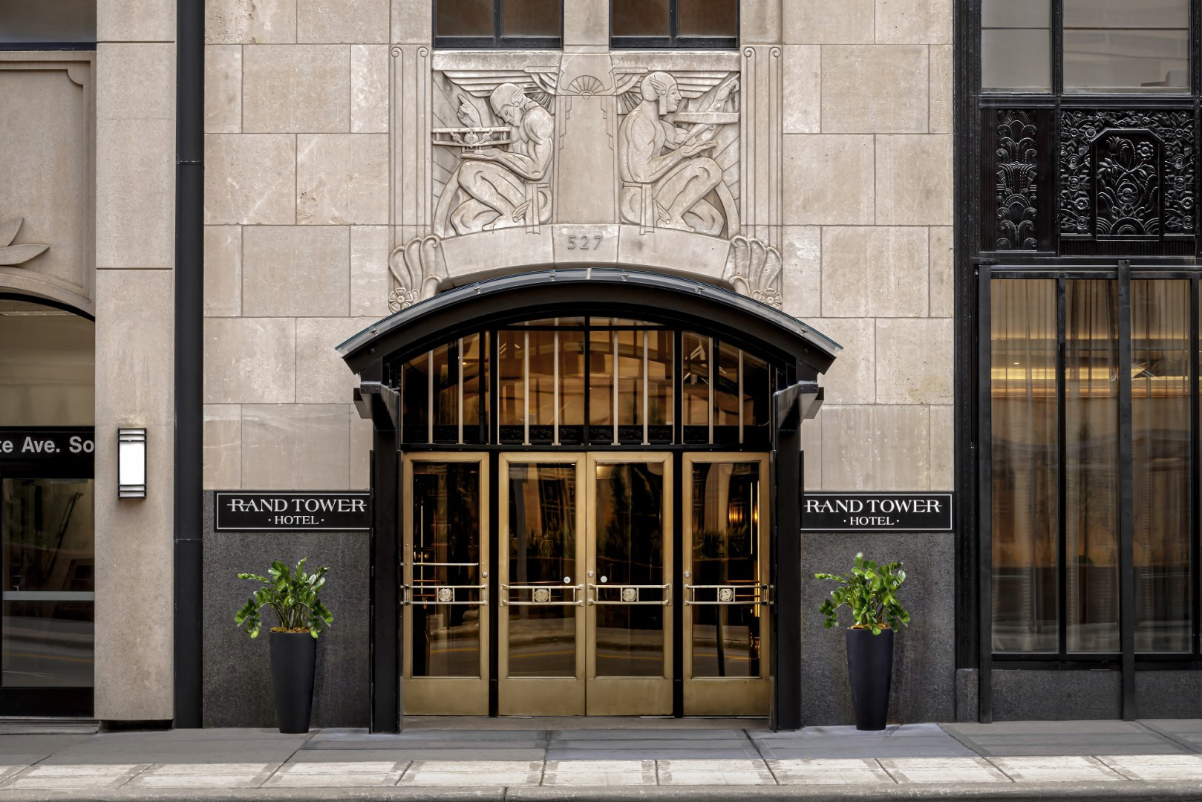U.S. Hotels May Have Hit Occupancy Ceiling in 2024

Skift Take
The Most Important Story: 2024
These are the headlines that drove the conversation in the travel industry in 2024 and will continue to dominate in the new year. See all storiesThe U.S. hotel industry refused to face a sobering reality in 2024: occupancy levels may not fully recover to pre-pandemic peaks for years. The culprit isn't primarily international travel or other excuses. Instead, it's a mix of supply growth and perhaps a fundamental change in corporate travel patterns.
The numbers tell the story. U.S. hotels are averaging 63.9% occupancy nationwide, compared to 66.9% in 2019, according to CoStar, the gold standard in hotel analytics.
That 3-percentage-point gap is more significant than it may first seem because it reflects a national average across a variety of hotels and markets.
Some properties are more significantly impacted than others. Out of the top 25 largest cities in the U.S., New York City experienced the highest occupancy level (86.6%) in November 2024. Houston wasn't far behind. Yet markets with the lowest occupancy for the month included Minneapolis (50%) and St. Louis (52.4%).
For impacted hotel owners, weaker occupancy may demand a strategic rethink. Some may need to pivot toward group business by adding meeting space. Others might court leisure travelers or cut operational costs mor

